Introduction
In today’s fast-paced world of intelligence and investigations, Open Source Intelligence (OSINT) has become one of the most powerful tools for investigators and analysts alike. OSINT, which relies on publicly available information, opens doors to critical insights without infringing on privacy or breaking confidentiality. It’s affordable, highly accessible, and when wielded correctly, can provide significant investigative breakthroughs.
Today, I want to dive into the top OSINT strategies that can give investigators a competitive edge. Whether you’re aiming to crack a challenging case or simply stay ahead of the curve, these methods will add depth and precision to your investigative toolkit.
1. Start with the Right Questions
Every investigation starts with questions, but effective OSINT requires asking the right questions from the get-go. Before you even open your first web page, take a step back and ask yourself what information you’re looking to uncover and how it fits within the larger context of your case.
For instance:
- Are you looking for information on an individual’s network, location, or digital footprint?
- Do you need background on a company or organization’s public operations or affiliations?
- Are you verifying the authenticity of digital assets, such as photos or documents?
By identifying these specifics, you’re not only giving your research a clear direction but also saving time by focusing on what’s truly relevant. Remember, OSINT is as much about knowing where not to look as it is about knowing where to look.
2. Use Advanced Search Techniques
One of the greatest advantages of OSINT is the vast amount of data accessible through online platforms. But with this abundance comes the challenge of navigating it efficiently. Advanced search techniques, particularly through search engines like Google, can streamline your efforts and surface more refined results. Here are some methods to get you started:
- Boolean Operators: Use “AND,” “OR,” and “NOT” to filter results (e.g., “John Doe” AND “Company X”).
- Quotation Marks: For exact phrases, place them in quotes (e.g., “certified investigator”).
- Site Search: Limit your search to specific websites by using “site:[website URL] [search term].”
These techniques allow you to narrow down to the most relevant sources and prevent sifting through an overwhelming sea of results. It’s about working smarter, not harder.
3. Dive into Social Media
Social media has revolutionized OSINT, offering a direct view into individuals' and organizations' activities, interests, and networks. By systematically navigating these platforms, you can unearth valuable, real-time information. But success in social media OSINT demands both respect for privacy boundaries and a thorough understanding of each platform’s search capabilities.
- LinkedIn is invaluable for professional backgrounds, affiliations, and networking patterns.
- Twitter offers a raw, unfiltered look into people’s opinions, real-time reactions, and connections.
- Instagram and Facebook can provide insights into location history, hobbies, and lifestyle patterns.
To maximize social media OSINT, look for patterns and connections that could corroborate or clarify other information. For instance, an individual’s LinkedIn network may provide leads to collaborators or previous employers, while their Twitter feed might reveal affiliations with certain interest groups or recent events they’ve attended.
4. Utilize Image and Video Analysis Tools
With a picture being worth a thousand words, image and video analysis tools can be particularly revealing in OSINT investigations. Platforms like Google Images or TinEye offer reverse image search capabilities, allowing investigators to verify the origin and authenticity of visuals. Here’s how to get started:
- Reverse Image Search: Identify if an image has been used elsewhere on the internet, which could reveal its original context or location.
- Metadata Extraction: Many images contain metadata (such as geolocation) that can add layers of context to your investigation.
- Video Analysis Tools: Platforms like YouTube DataViewer can offer insights on a video’s upload time and related metadata, often useful for timeline reconstruction.
For investigators, these tools are particularly helpful in identifying whether an image or video has been doctored or used out of context, as well as confirming the legitimacy of visual evidence.
5. Embrace Open Source Intelligence Tools and Platforms
There’s no shortage of OSINT tools designed to optimize the investigative process. From mapping and location analysis to domain name research and social media analytics, OSINT tools bring efficiency and precision. Here are a few powerful ones to consider:
- Maltego: A tool for link analysis and visual data mapping, ideal for seeing connections across large datasets.
- Shodan: Allows users to see which devices are connected to the internet and where they are located, providing insights into an organization’s network infrastructure.
- SpiderFoot: An open-source OSINT tool for domain and IP tracking, vulnerability assessments, and much more.
When selecting tools, consider your investigation's unique needs. Some tools excel in social media analysis, while others are built for in-depth infrastructure insights. The key is finding the right mix that best complements your investigative goals.
6. Practice Ethical and Legal Compliance
Finally, it’s crucial to remember that OSINT is governed by ethical and legal standards. The information we can access may be vast, but we must operate within the bounds of privacy, consent, and responsible usage. McAfee Institute emphasizes this with every certification program we offer because ethical intelligence is always the most effective intelligence.
Whether you’re collecting data from public sources or conducting deep-dive analyses, always ensure that your methods are respectful and legal. Remember, the ethical line is not one you want to cross—OSINT’s power is in its credibility and integrity.
Make OSINT Your Competitive Advantage
Mastering OSINT is less about gathering mountains of data and more about making sense of the information that truly matters. When done well, OSINT equips you with powerful insights to navigate complex cases, make informed decisions, and advance confidently in your career.
At McAfee Institute, we believe in empowering professionals with the skills and strategies needed to stay ahead in an evolving field. If you’re looking to deepen your OSINT expertise, we’ve developed a range of certifications to guide you step-by-step through the process. Check out our Certified Open Source Intelligence (C|OSINT) program for a comprehensive learning experience that’s tailored to the needs of today’s investigators.
As always, keep learning, keep questioning, and continue growing in your journey as an investigator. The tools are here—you just need to unlock their potential.


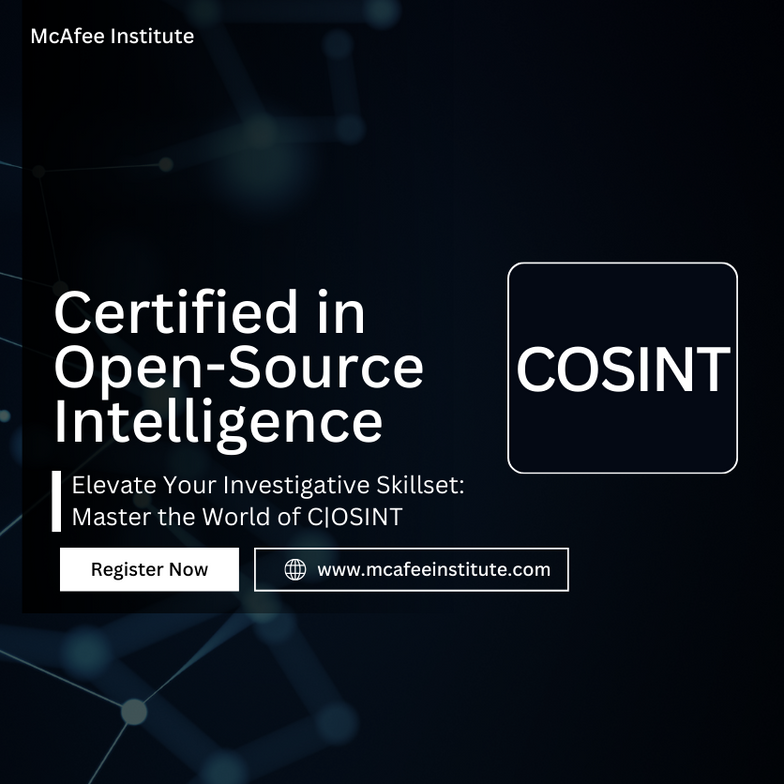
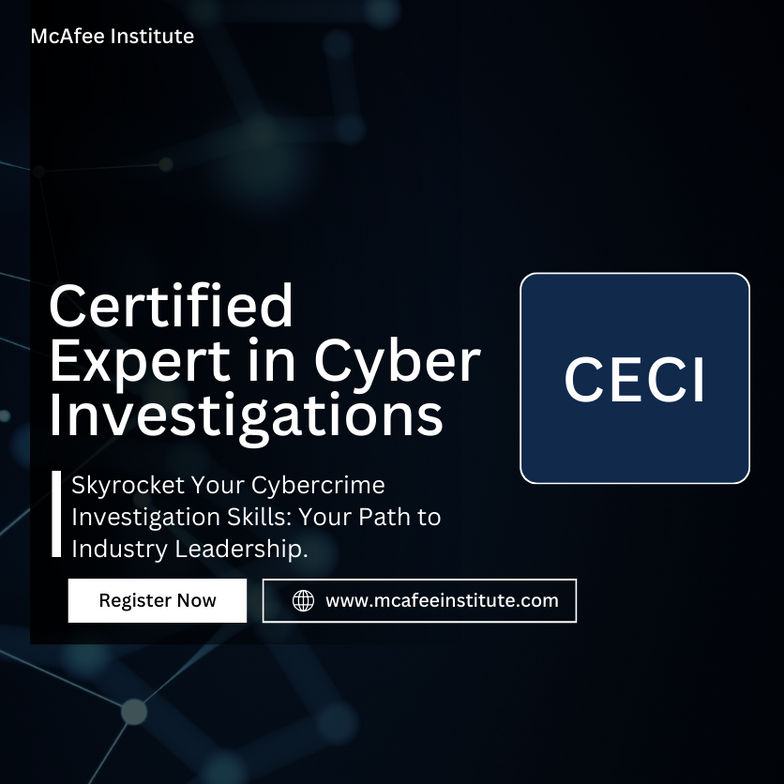
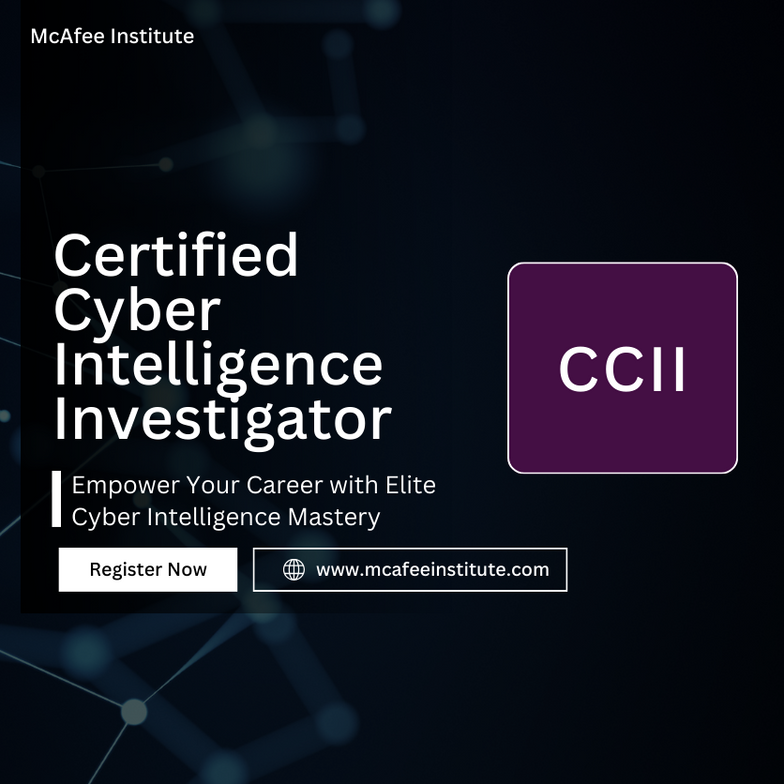
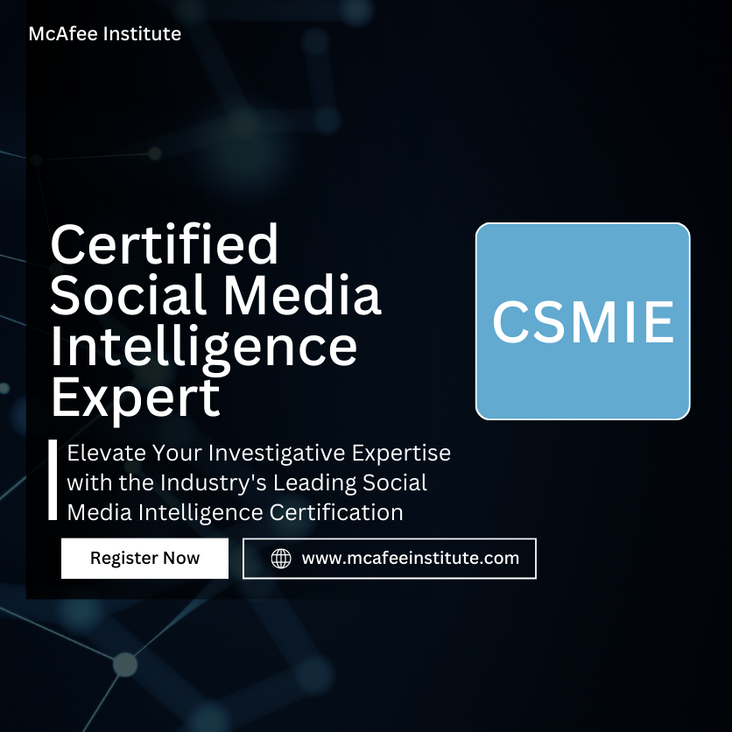
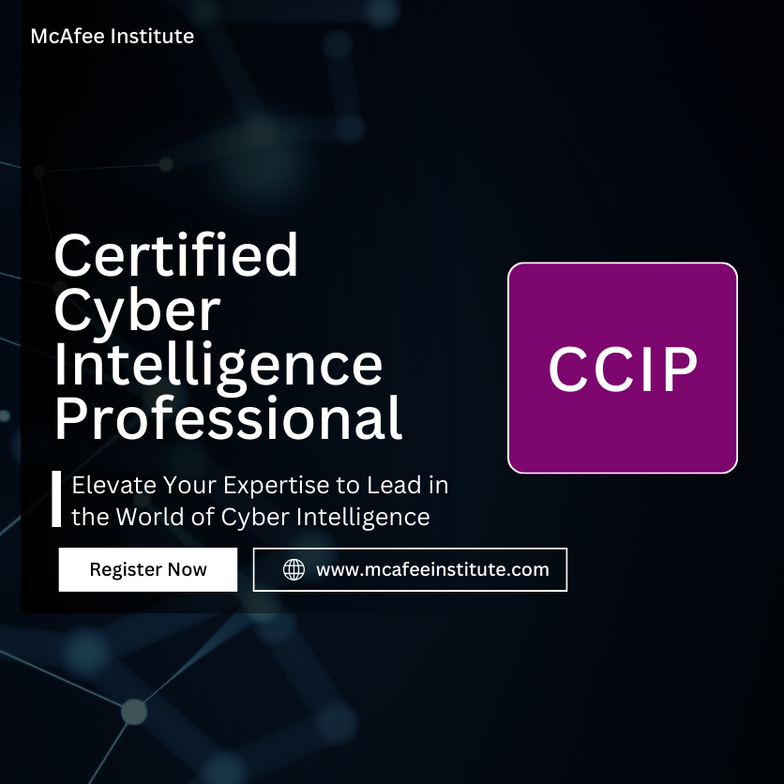
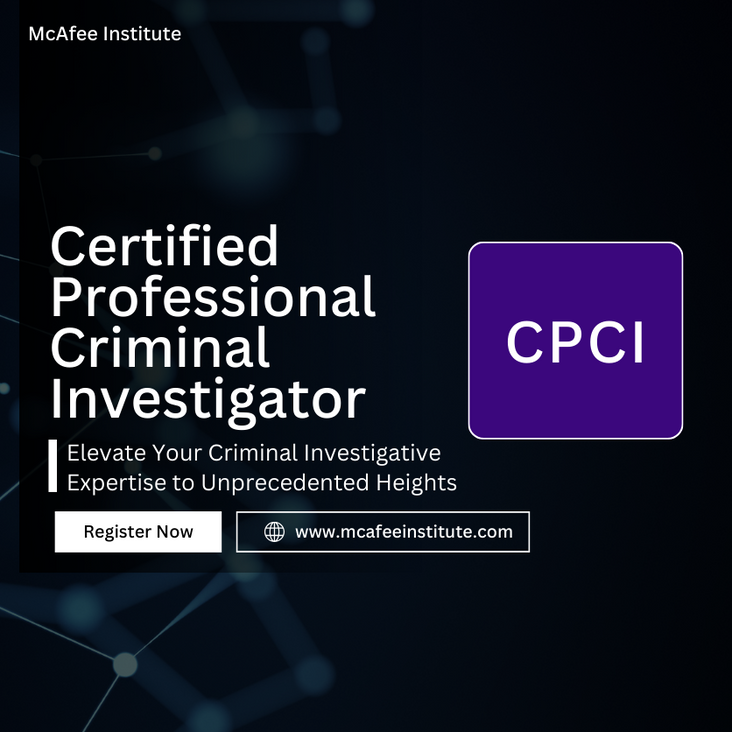



Share:
Learn Where Fraudsters are Selling Stolen Goods Online
OSINT Certification Uncovered: Choose the Right Path